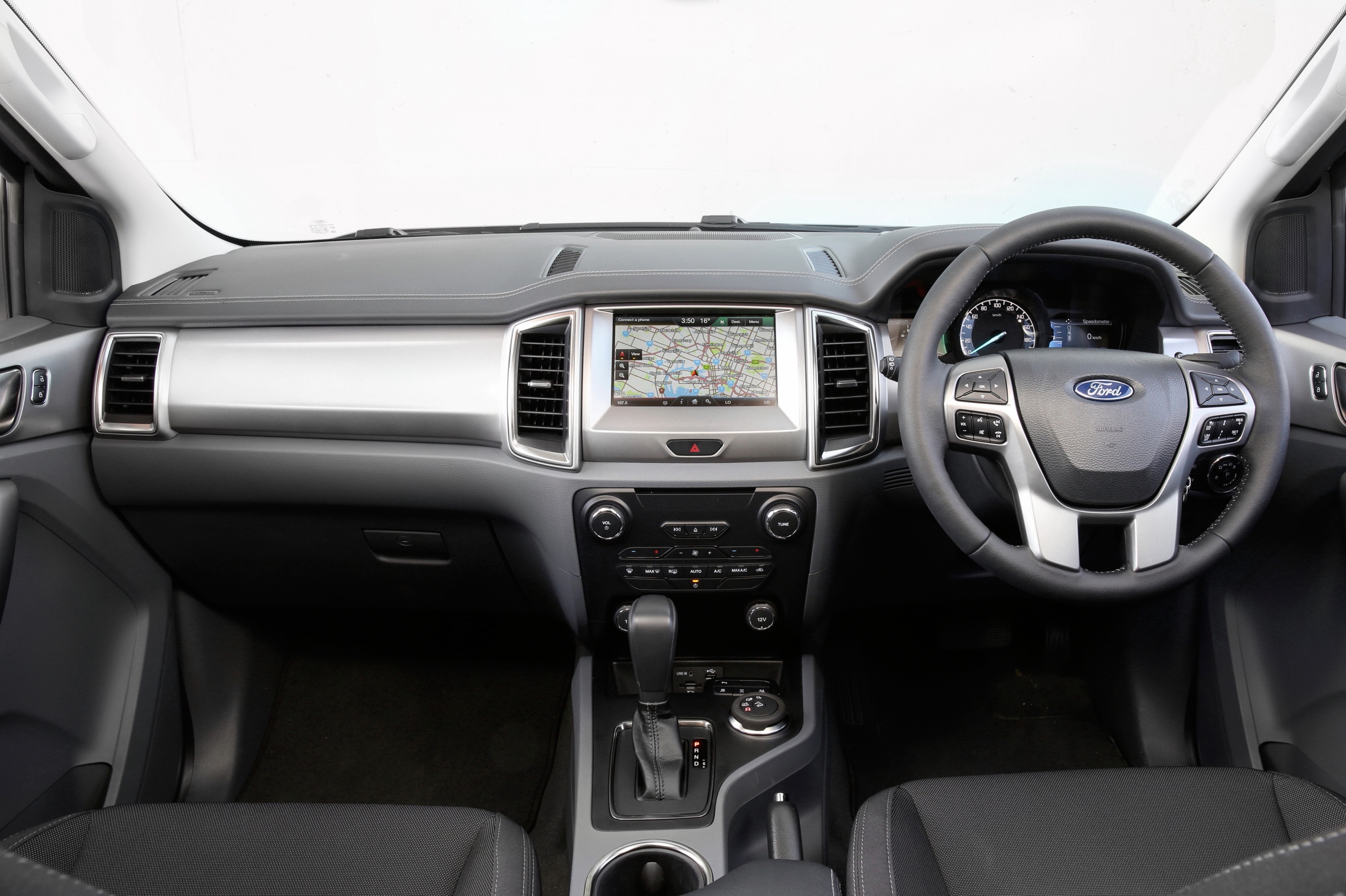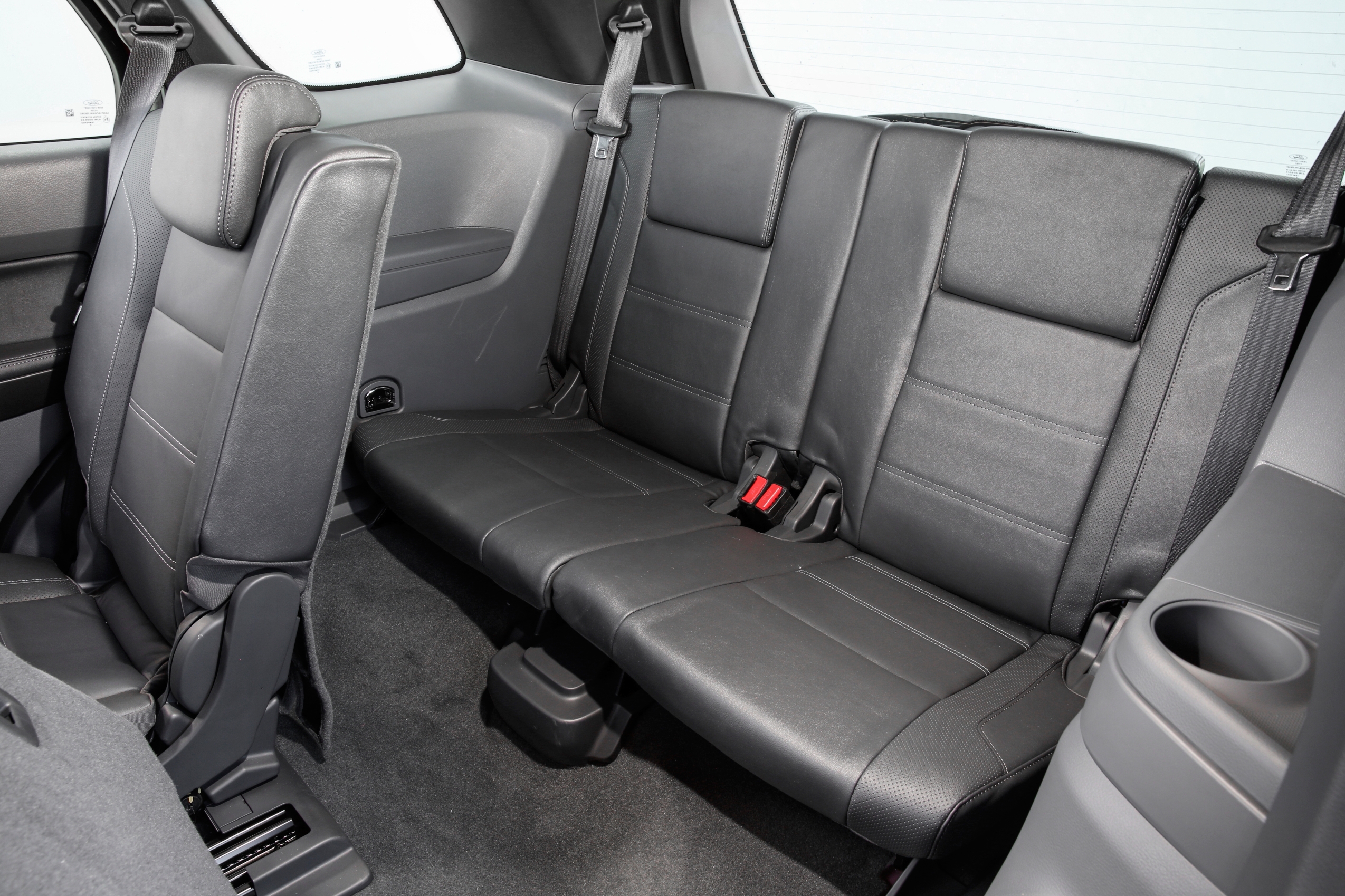Ford Everest Titanium 2016 new car review
Ford made quite a song and dance about its seven-seat Everest SUV with a global reveal in Beijing, China.

Ford made quite a song and dance about its seven-seat Everest SUV with a global reveal in Beijing, China, followed by an Asian-Pacific media launch drive program in Thailand.
The hype surrounding this Ranger-derived vehicle was considerable, but in fairness to the Blue Oval, it was justified.
Despite its body on frame construction, there's been a substantial amount of engineering that's gone into the Everest to differentiate the big beast as a model in its right, and it's also one of the most refined vehicles in its class, much to the annoyance of the competition.
While we won't see the 2-litre, four-cylinder, Ecoboost turbocharged petrol version that Ford builds for the Chinese market, Australia, and New Zealand receive the trusted 143kW/470Nm 3.2-litre five-cylinder turbo diesel unit, and six-speed automatic transmission, which is shared with the Ranger.
Refined Ride
The Everest is very sophisticated, and despite it being a Ranger derived vehicle, it's quiet and refined on state highways, there's good road feeling through the electric power steering, and there's very little body roll despite the higher centre of gravity.
For such a big car, it's easy to place thanks to the commanding ride height, and the visibility from the driver's seat is good, assisted by the huge side rear view mirrors, which incorporate the Blind Spot Information warning system.
The automated parking system which facilitates parallel parking the big beast in tight urban spaces is a great feature as is the lane departure warning systems and automated radar cruise control system.
Forward collision warning alert is another reassuring safety feature, particularly when piloting the Everest around the urban jungle in peak hour traffic.
Family friendly
As a seven-seat vehicle, it works better than its smaller sibling, the Ford Territory, as the third-row seats of the Everest are far more comfortable, and don't look like an afterthought.
Raising or lowering the third row of seats is made easy by the electric operation, and the glass moonroof that provides rear passengers with a panoramic view is also electrically operated.
To ensure quietness, Ford has equipped the Everest with ‘active noise cancellation' technology as well as beefing up the amount of cabin sealing and sound-absorbing materials used in production.
The result is a quiet interior that allows the driver to speak comfortably with third-row passengers without having to raise their voice. The kids in the third-row will hate it.
Fully loaded
As you would expect from a Ford that has a nearly $90,000 retail ask, the Everest Titanium is fully loaded, and there isn't much more you could want.
In addition to the plethora of active and passive safety features mentioned above, the Titanium arrives with seat heaters for the driver and front passenger as well as electric seat adjustment, then there is leather upholstery, and a leather-clad steering wheel, dual climate air conditioning which is also ducted to the rear passengers.
It has an 8-inch touchscreen that includes the Ford Sync 2 infotainment system which is very easy to use, and interfaces with the voice activation system, allowing the driver to control the audio and Bluetooth systems vocally and even ask the system to find the nearest cafe.
Beaten track
The seven-seat diesel SUV with four-wheel-drive capability has become the default station wagon of choice for many Kiwi families because we carry stuff, tow stuff, and occasionally we like to venture off the beaten track.
For those who venture off tarmac, the Everest offers a ‘terrain management system' similar to that found in Land Rover products.
There are four preset settings - Normal, Snow/Gravel/Grass, Sand and Rock - that alter the Everest's throttle response, transmission, intelligent four-wheel drive system, and traction control.
Hill descent control is another useful electronic function which can be used to control the crawling speed of the Everest, both when ascending and descending steep hills. The Everest can wade through water up to 800mm, and it also has that all important braked trailer capacity of 3000kg.
The competition
The most direct competitor to the Everest Titanium in terms of specification and off-road ability is the evergreen Toyota Prado, followed by the even more elderly Mitsubishi Pajero.Both have been popular with fleet and family buyers for many years before the Ford interloper arrived.
The Prado and Pajero have both had numerous tickle ups over the past few years to enhance their market appeal; the Prado most recently had a major heart transplant with the addition of an overdue new engine and drivetrain, but it still feels like an old design in comparison to the Ford, especially the interior.
Inside the cabin, the Everest has a more modern and cohesive design than the Prado and Pajero, its very user-friendly and intuitive, and better executed.
Conclusion
Normally white vehicles resemble household appliances, but the Everest looks better in white than in the darker colours, although it does make the vehicle look a lot bigger on the road than it is.
On the road though, the Everest reveals why it justifies the price tag. In comparison to the Prado and Pajero, it’s a newer design with greater refinement all round, it’s a pleasure to drive, and it will tick many boxes for many Kiwis.
Price $87,990
Note: This was reviewed as a new vehicle.
Image gallery
Also consider





